In the dynamic world of digital marketing, where competition is fierce and attention spans are fleeting, mastering the art of advertising on LinkedIn can be a transformative strategy for businesses aiming to connect with professionals and decision-makers. LinkedIn Ads, with its array of ad formats, sophisticated targeting options, and engaged user base, offers a unique opportunity for businesses to reach a highly-relevant audience and drive measurable results. In this comprehensive tutorial, we will delve deep into the intricacies of LinkedIn Ads, providing step-by-step guidance on how to optimize your campaigns for maximum effectiveness and ROI.
Understanding LinkedIn Ads: A Deep Dive
LinkedIn Ads is an advertising platform provided by LinkedIn, the world’s largest professional networking platform, boasting over 700 million members worldwide. It offers a variety of ad formats to cater to different marketing objectives and audience preferences, including Sponsored Content, Sponsored InMail, Text Ads, Dynamic Ads, and Video Ads. Each ad format is designed to serve specific purposes, from promoting thought leadership content to driving lead generation and brand awareness.
Benefits of LinkedIn Ads
Before we delve into optimization strategies, let’s first understand why LinkedIn Ads is a valuable tool for businesses:
- Highly Targeted Audience: LinkedIn’s robust targeting options enable businesses to reach professionals based on criteria such as job title, industry, company size, location, interests, and more. This precision targeting ensures that ads are seen by the most relevant audience, increasing the likelihood of engagement and conversion.
- Professional Environment: LinkedIn provides a professional environment conducive to business networking and interactions, making it an ideal platform for B2B marketing and lead generation. Users visit LinkedIn with a mindset geared towards professional growth and networking, creating an environment ripe for meaningful business interactions.
- Thought Leadership and Brand Building: By sharing valuable content and insights, businesses can establish themselves as thought leaders within their industry, building trust and credibility among their target audience. LinkedIn’s platform allows businesses to showcase their expertise and engage with professionals in a meaningful and impactful way.
- Measurable Results: LinkedIn Ads provides comprehensive analytics and reporting tools, allowing businesses to track the performance of their campaigns in real-time. From impressions and clicks to conversions and ROI, businesses can gain valuable insights into the effectiveness of their advertising efforts and make data-driven decisions to optimize their campaigns for maximum impact.
LinkedIn Ads Tutorial: Step-by-Step Optimization Guide
Now that we’ve covered the basics, let’s dive into the practical steps you can take to optimize your LinkedIn Ads campaigns:
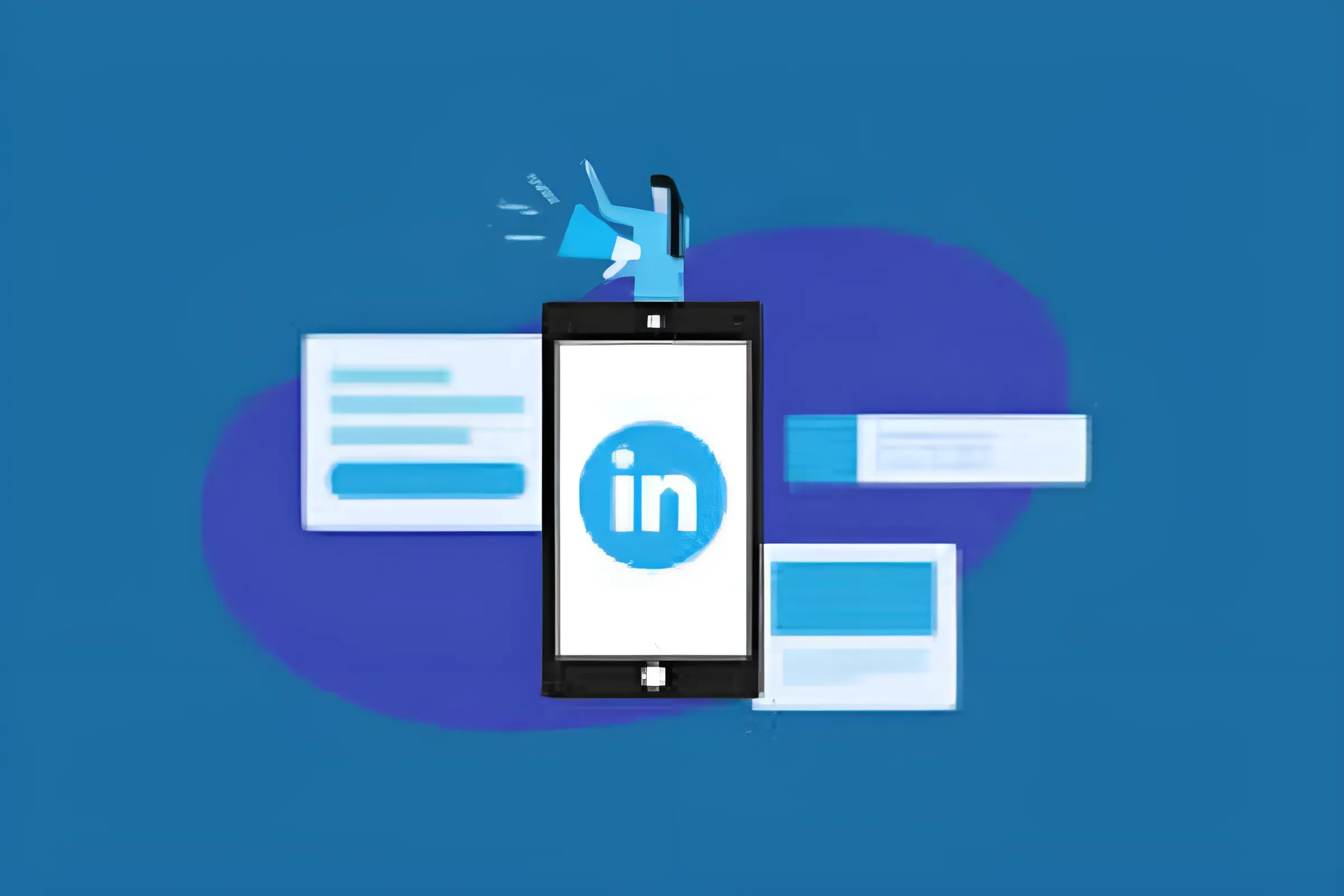
1. Define Your Goals and Target Audience
Before launching your campaign, it’s essential to define clear objectives and identify your target audience. Ask yourself:
- What do you want to achieve with your LinkedIn Ads campaign? Is it to increase brand awareness, generate leads, drive website traffic, or something else?
- Who is your ideal target audience? What are their demographics, job titles, industries, and interests?
2. Choose the Right Ad Format
Selecting the appropriate ad format is crucial for achieving your campaign objectives. Consider the following options:
- Sponsored Content: Ideal for promoting blog posts, articles, and other content assets. Sponsored Content appears directly in users’ feeds, blending seamlessly with organic content.
- Sponsored InMail: Effective for delivering personalized messages directly to the LinkedIn inboxes of your target audience. Sponsored InMail allows for one-to-one communication at scale, fostering meaningful interactions and driving conversions.
- Text Ads: Suitable for driving website traffic, generating leads, or increasing brand awareness with concise text-based ads. Text Ads appear on the sidebar of LinkedIn users’ feeds, providing a cost-effective way to reach your target audience.
- Dynamic Ads: Great for personalized advertising that dynamically populates with the LinkedIn profile data of the viewer. Dynamic Ads allow for highly relevant and engaging ad experiences tailored to each viewer.
- Video Ads: Engaging format for telling your brand story, showcasing product demos, or sharing customer testimonials. Video Ads capture attention and drive engagement, making them an effective tool for brand storytelling.
3. Craft Compelling Ad Creative
Regardless of the ad format you choose, compelling ad creative is essential for capturing the attention of your target audience. Here are some tips for crafting effective ad creative:
- Use eye-catching visuals and engaging copy to grab attention and convey your message.
- Clearly communicate the value proposition and benefits of your offer to entice users to take action.
- Include a strong call-to-action (CTA) to encourage users to click on your ad and take the desired action.
4. Leverage LinkedIn’s Targeting Options
LinkedIn offers a variety of targeting options to ensure that your ads are seen by the most relevant audience. Take advantage of these targeting options to refine your audience targeting and maximize the effectiveness of your campaigns:
- Demographic Targeting: Target audience based on characteristics such as age, gender, location, etc.
- Job Title and Function Targeting: Reach professionals based on their job titles, functions, and seniority levels.
- Company Targeting: Target specific companies or industries to reach decision-makers and influencers within your target accounts.
- Interest Targeting: Target audience based on their interests, groups they are part of, or content they engage with on LinkedIn.
5. Set Up Conversion Tracking
To measure the effectiveness of your LinkedIn Ads campaigns, it’s essential to set up conversion tracking. By tracking conversions such as form submissions, website visits, or purchases, you can gain insights into the ROI of your campaigns and optimize accordingly. LinkedIn offers a conversion tracking tool that allows you to track conversions and attribute them back to specific ads and campaigns.
6. Monitor and Optimize Your Campaigns
Once your campaigns are live, it’s crucial to monitor their performance closely and make adjustments as needed. Keep an eye on key metrics such as click-through rate (CTR), conversion rate, cost per conversion, and return on ad spend (ROAS). Experiment with different ad creative, targeting options, and bidding strategies to optimize your campaigns for maximum effectiveness.
7. A/B Testing
A/B testing is a powerful technique for optimizing your LinkedIn Ads campaigns. Test different elements of your ads, such as headlines, images, ad copy, and CTAs, to identify which variations perform best with your target audience. By continuously testing and iterating, you can refine your campaigns and drive better results over time.
8. Optimize Landing Pages
In addition to optimizing your ads, it’s essential to ensure that your landing pages are optimized for conversions. Make sure your landing pages are relevant to your ad creative and offer a seamless user experience. Test different elements of your landing pages, such as headlines, copy, images, and CTAs, to maximize conversion rates and drive better results from your campaigns.
9. Budget Optimization
Effective budget management is critical for maximizing the ROI of your LinkedIn Ads campaigns. Monitor your budget allocation closely and adjust your bids and budgets based on the performance of your campaigns. Allocate more budget to top-performing campaigns and reallocate budget from underperforming campaigns to ensure you’re getting the most bang for your buck.
10. Analyze and Iterate
Finally, regularly analyze the performance of your LinkedIn Ads campaigns and use the insights gained to inform your future strategy. Identify trends, patterns, and opportunities for improvement, and continuously iterate on your campaigns to drive better results over time. LinkedIn’s analytics and reporting tools provide valuable insights into campaign performance, allowing you to make data-driven decisions and optimize your campaigns for maximum impact.
Conclusion
Optimizing your LinkedIn Ads campaigns requires strategic planning, continuous monitoring, and iterative refinement. By following the steps outlined in this tutorial and leveraging the tips and best practices provided, you can maximize the effectiveness of your campaigns and drive tangible results for your business. Whether you’re looking to increase brand awareness, generate leads, or drive website traffic, LinkedIn Ads offers a powerful platform for reaching professionals and decision-makers in a targeted and impactful way. Start optimizing your campaigns today and unlock the full potential of LinkedIn Ads for your business growth. With dedication and strategic execution, you can achieve your marketing objectives and drive meaningful results with LinkedIn Ads.





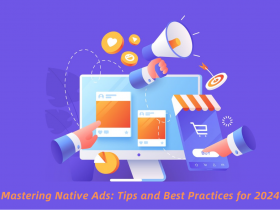
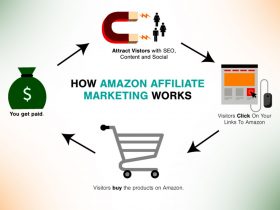




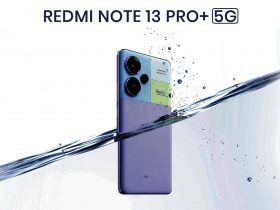
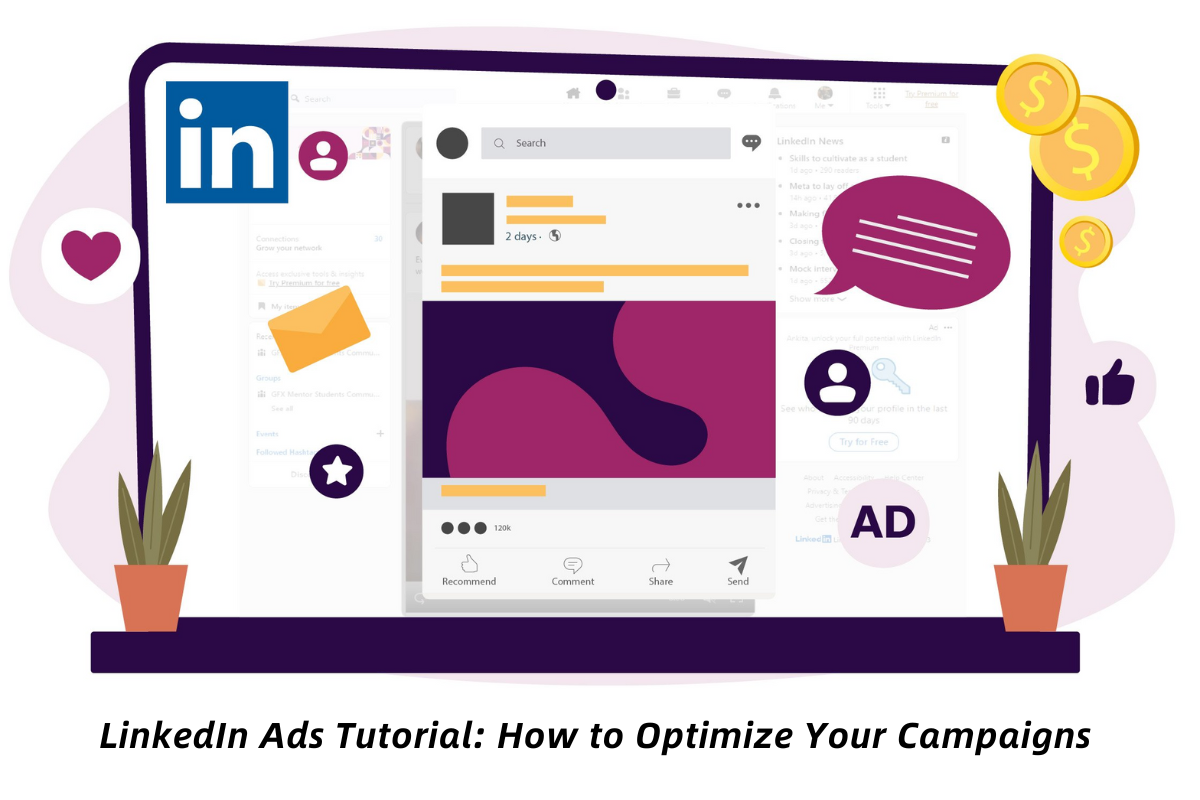
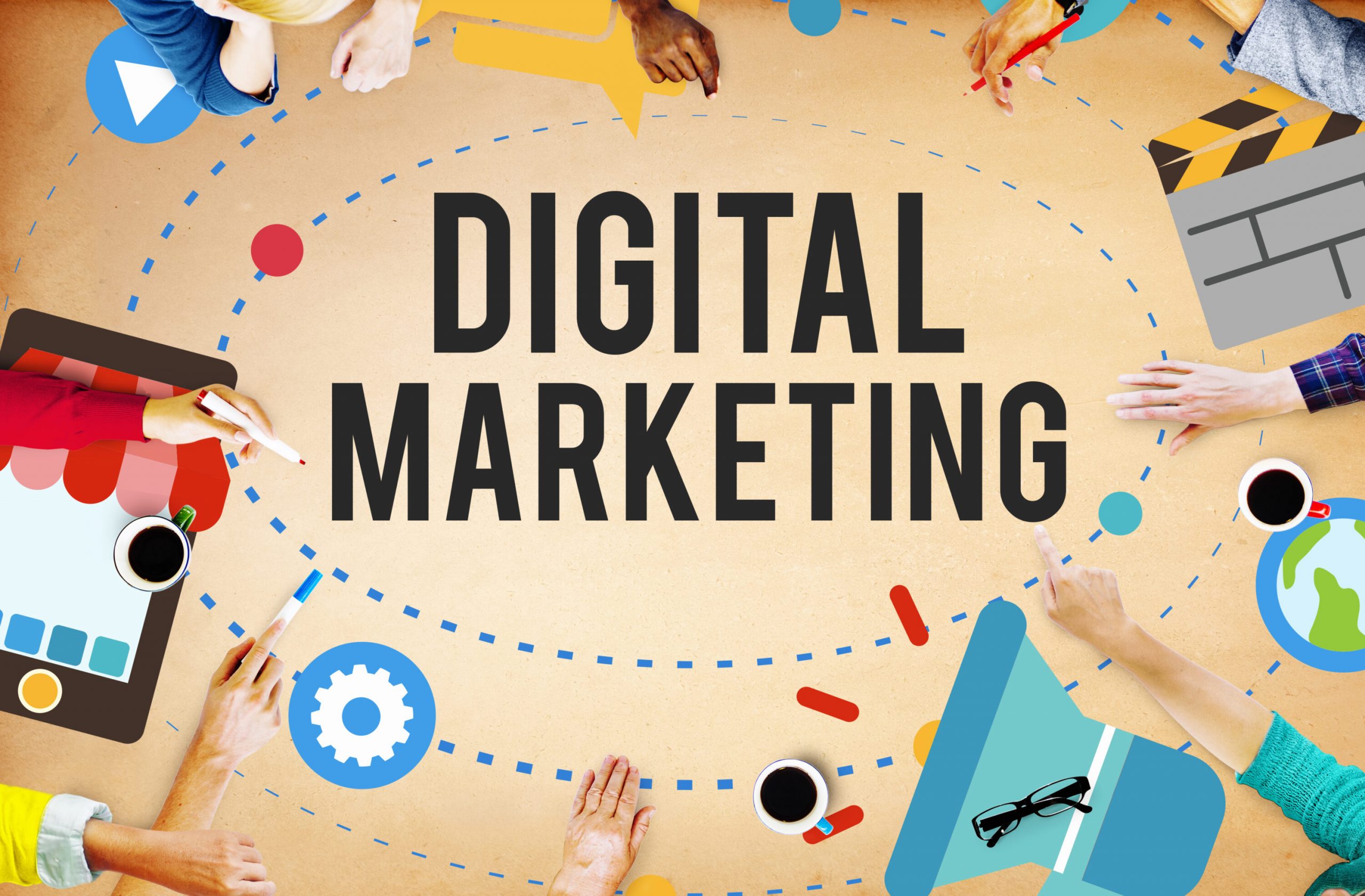
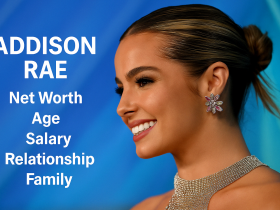



Leave a Reply